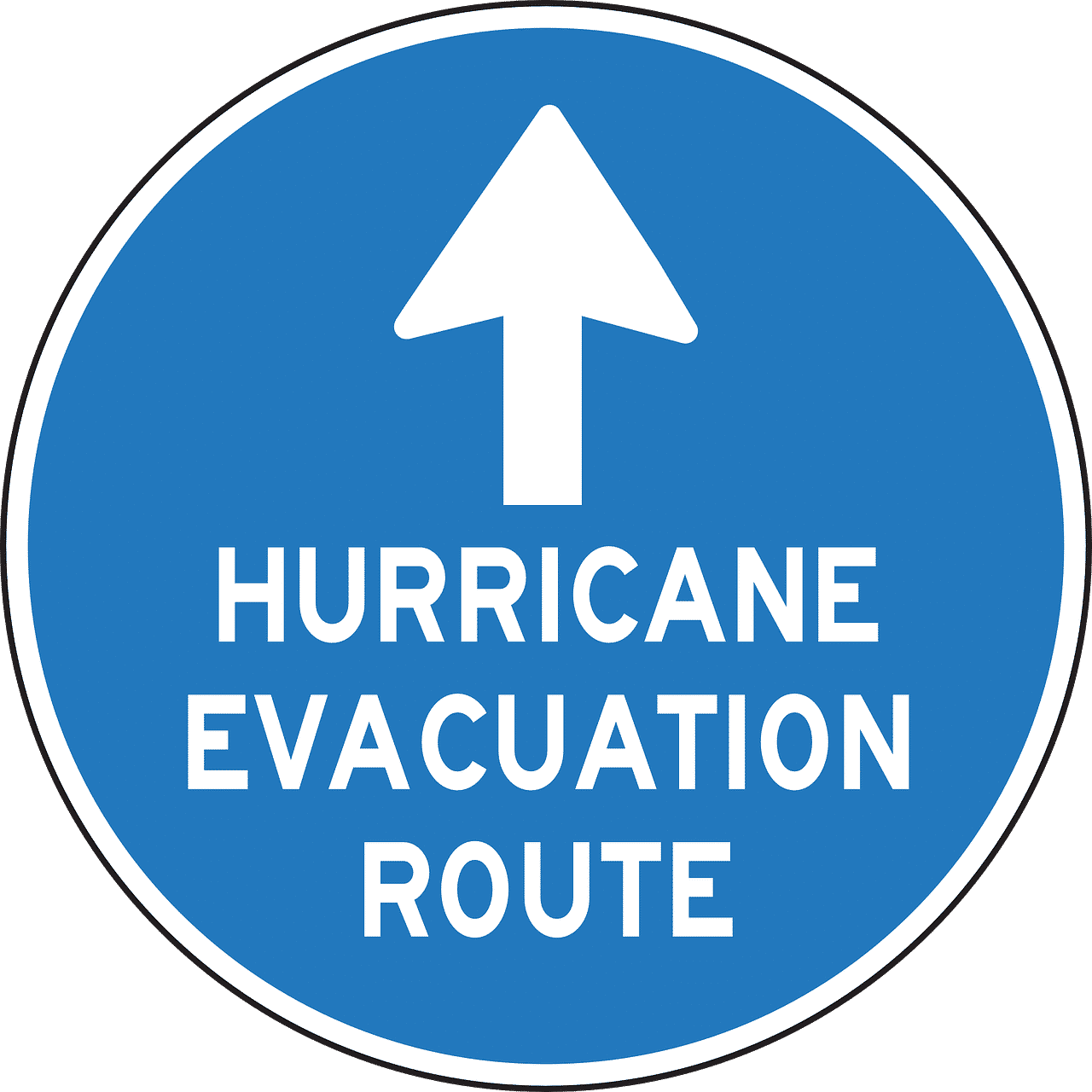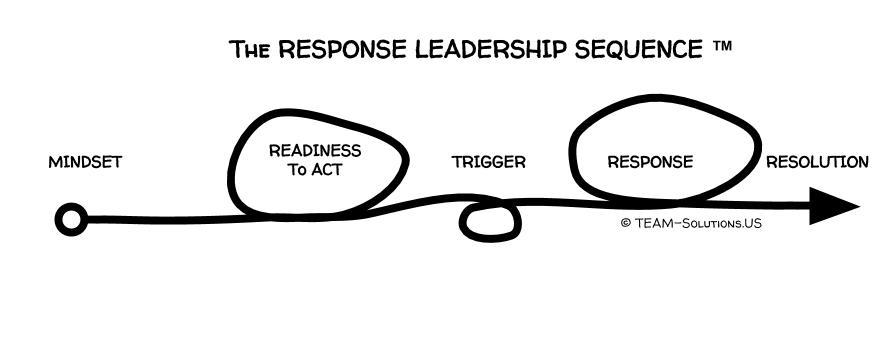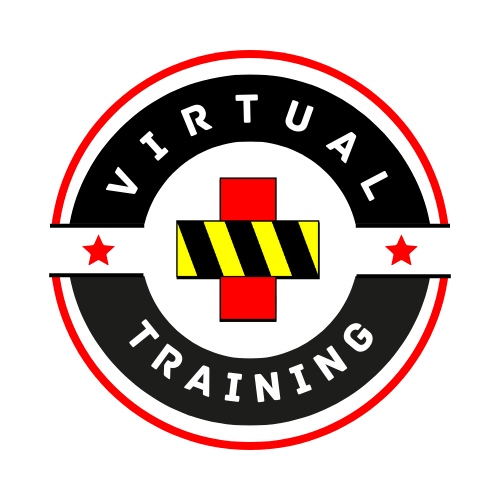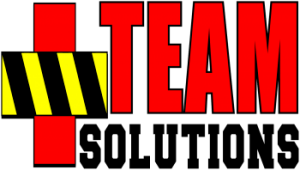


Whether you experienced a global pandemic, a regional disaster or a spilled cup of coffee, this Crisis Recovery Planning course will teach you the process to lead your organization to a new normal.
There are 4 major steps.
- Each one is broken down into smaller chunks to enable understanding and action. Particularly the last step.
- For maximum benefit and for the purposes of building knowledge, understanding, and capability, following each step in order is recommended.
- Each step offers multiple secondary and tertiary actions that are recommended.
The more effort and focus you put into these topics, the more you will get out of them.
- 1Learning From The Last Crisis
- 2Building Plans For The Next Crisis
- 3Responding To The Current Crisis
- 4Recovering From The Current Crisis
Steps 1 - 3 are only briefly addressed. They are included in the framework of this course to provide enough context for understanding how to implement Step 4.
Expanded training on steps 1-3 is also available and encouraged.
In the 4th step, we’ll dive deeply into the six universal priorities for recovery and the specific details of how to achieve them.
Numerous downloadable job aids are included for your immediate use.
Lastly, we’ll wrap up with an expected recovery timeline and the Pillars of Recovery™ that will define your recovery’s success.
Restoration v. Recovery
Imagine the wind blows a potted plant over. Potting soil spills, leaves fall off and the pot is cracked.
- Restoration = the pot is replaced with a new one, the leaves grow back, and all of the potting soil is replaced with fresh soil. This may take a year.
- Recovery = the crack is reinforced with glue, the spilled soil is put back in the pot, and the leaves are fertilized so the damaged branches will eventually grow new leaves again. This takes 1 day.
In this material, the focus is the rapid and purposeful recovery to a “new normal”, however imperfect the result, rather than a more complete restoration.
Role of the Government
The larger the crisis, the more likely the government will be involved.
Therefore, woven throughout this course are relevant references to the United States National Disaster Recovery Framework and its overarching goal of maintaining strong and resilient communities.
An extensive list of government resources is also provided later in this material.
Additional Background
To support your crisis recovery efforts, my 2017 best selling book The Response Leadership Sequence™ offers a simplified sequence that will be referenced throughout this material.

To succeed with your crisis recovery, your role will be to lead yourself and your organization through the sequence as effectively and efficiently as possible.
Let’s begin.

